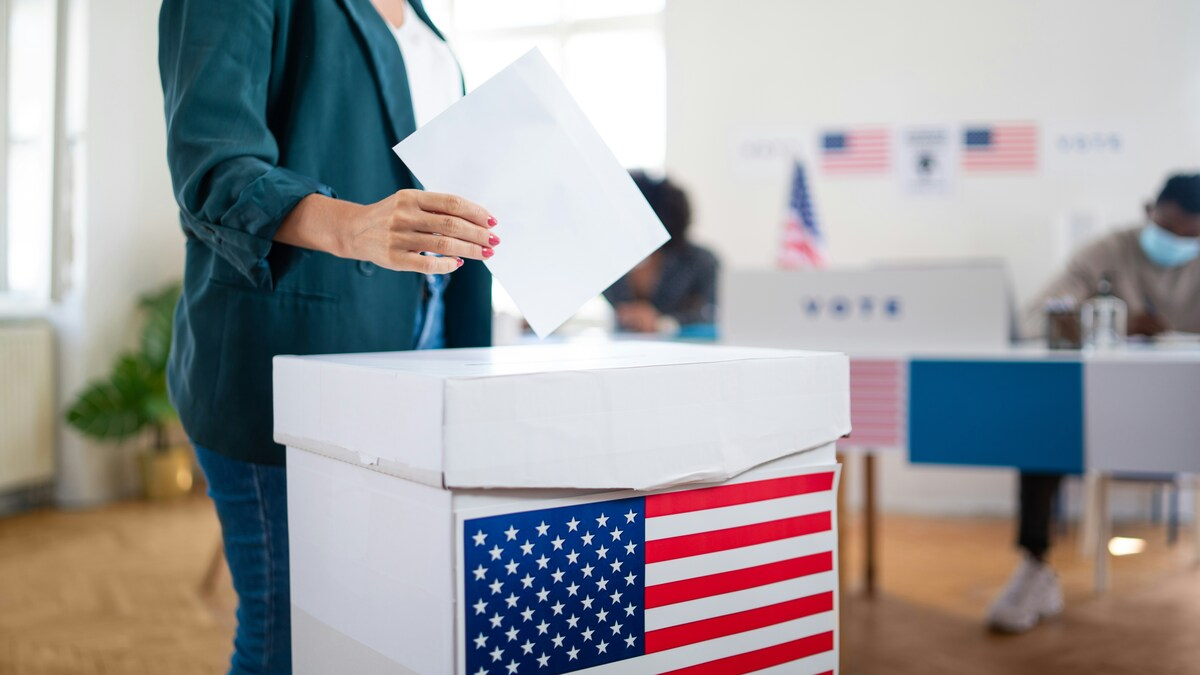The Pennsylvania historical influence
Pennsylvania has long held an important role in presidential elections due to its unique combination of demographics and electoral importance. As part of the so-called “Blue Wall” alongside Michigan and Wisconsin, Pennsylvania’s 19 electoral votes represent a major swing-state prize, which was decisive for Joe Biden in 2020 when he flipped the state after four days of vote counting. The state’s past influence and current close polling underscore why both major candidates—former President Donald Trump and Vice President Kamala Harris—are heavily focused on Pennsylvania this election season.
Neck-and-Neck in Pennsylvania
Polls leading up to the 2024 election show an almost deadlocked race in Pennsylvania. Current data indicates an extremely tight margin, with recent polls suggesting Trump holds a slight edge, leading Harris by 0.3 to 1 percentage point in many cases. This margin fluctuates as both campaigns intensify their efforts. According to an October report by FiveThirtyEight, Trump’s average support in Pennsylvania was around 47.9%, closely rivaled by Harris’s 47.6% support. In an analysis by RealClearPolitics, Trump is projected to win by a small margin, although some analysts, like Nate Silver, have described the overall race as “extremely close” nationwide, which reflects Pennsylvania’s tight polling as well.
Election day logistics
As voters prepare to head to the polls, understanding Pennsylvania’s election day logistics is crucial.
- Polls open: 7 a.m. ET
- Polls close: 8 p.m. ET
- Mail-in ballot deadline: 8 p.m. ET on Tuesday, Nov. 5, 2024
- Where to vote: Voters can look up their polling place here
- Electoral votes: 19
- Voter turnout: In 2020, 76% of registered voters cast ballots, according to government data.
The Electoral College and Pennsylvania’s weight
With 19 electoral votes, Pennsylvania is a major prize in the Electoral College system. Although the state lost one electoral vote following the 2020 Census and subsequent congressional redistricting, its substantial influence remains unchanged. In 2020, Pennsylvania’s 20 electoral votes were pivotal in Joe Biden surpassing the 270-vote threshold needed to win the presidency.
The Latino vote
Latino voters in Pennsylvania represent a growing and influential demographic. With nearly 580,000 eligible Latino voters, according to the UCLA Latino Policy & Politics Institute, both Harris and Trump are keenly focused on this group. The Latino population in Pennsylvania has more than doubled since 2000, and approximately half reside in the “222 Corridor”—a region that includes Reading, Allentown, Lancaster, and Bethlehem.
A recent poll by the Hispanic Federation and Latino Victory Foundation revealed that 66% of Latino respondents intend to vote in this election. “Latino voters are a key constituency that could sway Pennsylvania’s outcome,” noted Hernandez Morales, a spokesperson for the Latino Victory Foundation. Both candidates have intensified their outreach efforts in this region, understanding that securing Latino support could be the difference-maker in a close race.
Pennsylvania’s Voting Record
Pennsylvania has a consistent record of voting for the winning presidential candidate in recent elections, furthering its reputation as a bellwether state. Since 2008, Pennsylvania’s electoral votes have been awarded to the ultimate victor in the presidential race. This pattern has made Pennsylvania a notable state for candidates, who have adjusted their campaign strategies to include heavy investments in the state’s metropolitan and rural areas. Currently, Trump is aiming to replicate his 2016 win in Pennsylvania, and Harris is working to maintain the Democratic hold.
